SIP Trunking Solutions for Managed IT & Cloud Service Providers
| Feature | Legacy Phone Lines | SIP Trunking with DIDlogic |
|---|---|---|
| Cost | Expensive physical lines | Pay-as-you-go or per-channel |
| Scalability | Manual setup per office | Instant scaling per client |
| Uptime | Hardware-dependent | Cloud redundancy + failover |
| Security | Minimal encryption | End-to-end encryption, fraud detection |
| Integration | None | Seamless with UCaaS, PBX, RMM, CRM |
| MSP Opportunity | One-time setup | Recurring revenue stream |
Sign up with DIDlogic to explore SIP trunking and pricing instantly or talk to our sales team for a tailored setup.
How DIDlogic Powers MSP Communication
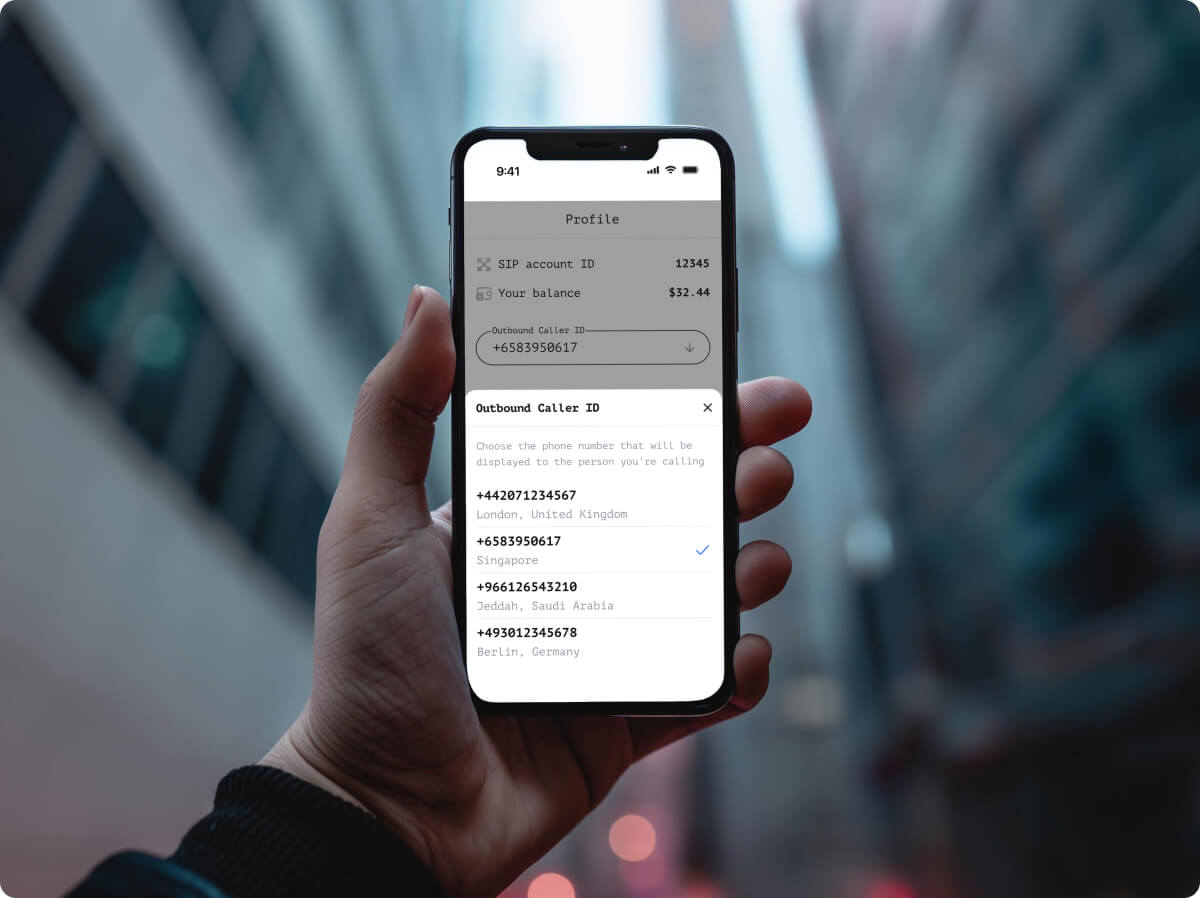
MSP Features That Matter Most
Implementation: Integrating SIP Trunking into Your MSP Offering
PBX/UC or VoIP compatibility (3CX, Cisco, Asterisk, FreePBX).
MSP dashboard or RMM integration capabilities.
Port existing numbers to DIDlogic SIP trunks.
Configure routing, testing, and security protocols.
Integrate SIP monitoring into RMM dashboards.
Offer SIP support as part of managed SLAs.
FAQs
How can Managed IT Service Providers generate recurring revenue with SIP trunking?
MSPs can bundle or white-label DIDlogic SIP trunks as part of managed communication packages, creating predictable monthly recurring revenue streams. Offer tiered service plans, basic voice for smaller clients, advanced packages with failover and analytics for larger ones. The margins are solid since you’re reselling a proven service under your brand. Clients value the single-vendor simplicity, and you control the relationship. Stack it with your existing managed services for better retention rates and higher contract values.
What role does SIP trunking play in cybersecurity?
SIP trunks use encryption and authentication to secure VoIP traffic, reducing the risk of toll fraud and unauthorized access to client networks. Without proper security, phone systems become entry points for attackers looking to rack up international charges or pivot into other network resources. DIDlogic includes fraud monitoring that watches for suspicious calling patterns before they become expensive problems. It’s not a complete security solution by itself, but it closes vulnerabilities that legacy phone lines left wide open. Your clients need this layer protected just like their data.
Do SMB clients benefit from SIP trunking as much as enterprises?
Yes, perhaps even more proportionally. Smaller clients gain enterprise-grade voice reliability and lower telecom costs through your managed solution without needing in-house expertise to run it. A 15-person accounting firm gets the same call quality and failover protection as a 500-employee company, just scaled down. They’re escaping outdated phone contracts that were never designed for their actual needs. For MSPs, SMB clients are easier deployments with faster ROI since there’s less legacy infrastructure to work around. The cost savings often pay for your management fee.
How does SIP integrate with UC platforms like Teams or Zoom?
DIDlogic supports direct integration with UCaaS platforms, allowing MSPs to manage voice services for remote and hybrid clients seamlessly. Teams Direct Routing is probably your most common use case, employees make external calls right through Teams without switching apps. Zoom Phone works similarly, turning video platforms into complete phone systems. For MSPs, this simplifies support since you’re not managing separate voice and collaboration stacks. Clients love the unified experience, and you can position it as a premium offering that commands higher monthly fees than basic phone service.
Is SIP trunking suitable for regulated industries (finance, healthcare)?
Absolutely. DIDlogic provides encrypted, compliant voice channels that meet ISO, PCI, and HIPAA/GDPR standards that regulated clients require. These industries need audit trails, call recording capabilities, and data protection that consumer-grade VoIP simply doesn’t offer. For MSPs serving law firms, medical practices, or financial advisors, compliance-ready infrastructure is a competitive advantage. You’re not just selling phone service, you’re providing documented security controls that help clients pass regulatory audits. The encryption and access controls are built in, though proper configuration during deployment remains your responsibility.



